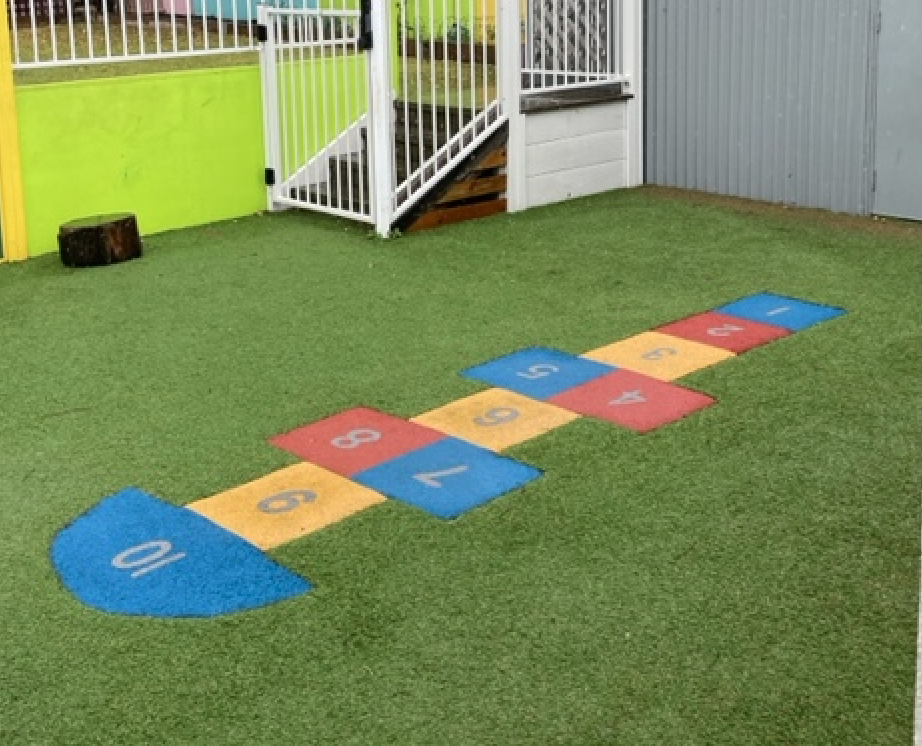
January 6 2023
The joy of old school games for early childhood!
With the rapid growth of technology nowadays, it is increasingly harder for traditional children’s
 Today due to increasingly high-density living, children’s lives are often disconnected from the natural world, and instead, their experiences are predominantly mediated in media and visual images. This, Chipeniuk (1995) argues, leads to children believing that nature is exotic, awe-inspiring and in far, far away places they will never experience.
Children are therefore losing their awareness and understanding that nature exists in their own backyards, communities and local parks. Sobel (1996) believes that promoting children’s empathy with the natural world should be one of the main objectives for children between the ages of four and seven. Sobel further advocates that in addition to regular contact with nature, one of the best ways to foster empathy during early childhood is to cultivate children’s relationships with animals. Animals, he reasons, are an endless source of wonder for children, fostering a caring attitude and sense of responsibility towards living things. Children interact instinctively and naturally with animals, talk to them, and invest in them emotionally.
Children’s experiences during early childhood should nurture the idea of being aware of and discovering nature. It is during early childhood that children develop their values, attitudes, and basic orientation toward the world that they will carry with them throughout their lives.
Today due to increasingly high-density living, children’s lives are often disconnected from the natural world, and instead, their experiences are predominantly mediated in media and visual images. This, Chipeniuk (1995) argues, leads to children believing that nature is exotic, awe-inspiring and in far, far away places they will never experience.
Children are therefore losing their awareness and understanding that nature exists in their own backyards, communities and local parks. Sobel (1996) believes that promoting children’s empathy with the natural world should be one of the main objectives for children between the ages of four and seven. Sobel further advocates that in addition to regular contact with nature, one of the best ways to foster empathy during early childhood is to cultivate children’s relationships with animals. Animals, he reasons, are an endless source of wonder for children, fostering a caring attitude and sense of responsibility towards living things. Children interact instinctively and naturally with animals, talk to them, and invest in them emotionally.
Children’s experiences during early childhood should nurture the idea of being aware of and discovering nature. It is during early childhood that children develop their values, attitudes, and basic orientation toward the world that they will carry with them throughout their lives.
 Interrelatedness with nature can be experienced by something as simple as eating an apple. This experience is an effective way to teach children how we connect with our environment. The apple comes from a tree that took in the sun, soil, rain, and air. Once our bodies digest the apple, we use these nutrients to grow and develop. We can add the apple core to compost which then becomes food for microbes and their waste re-enters the cycle of plant growth. Breathing is another excellent example of the importance of our relationship with the natural world. When we breathe in, our lungs take in oxygen that plants have produced. Breathing out, we release carbon dioxide which plants use to grow and produce more oxygen as well as fruit for people to eat.
Interrelatedness with nature can be experienced by something as simple as eating an apple. This experience is an effective way to teach children how we connect with our environment. The apple comes from a tree that took in the sun, soil, rain, and air. Once our bodies digest the apple, we use these nutrients to grow and develop. We can add the apple core to compost which then becomes food for microbes and their waste re-enters the cycle of plant growth. Breathing is another excellent example of the importance of our relationship with the natural world. When we breathe in, our lungs take in oxygen that plants have produced. Breathing out, we release carbon dioxide which plants use to grow and produce more oxygen as well as fruit for people to eat.
Spaces at our centre are limited, enrol now!